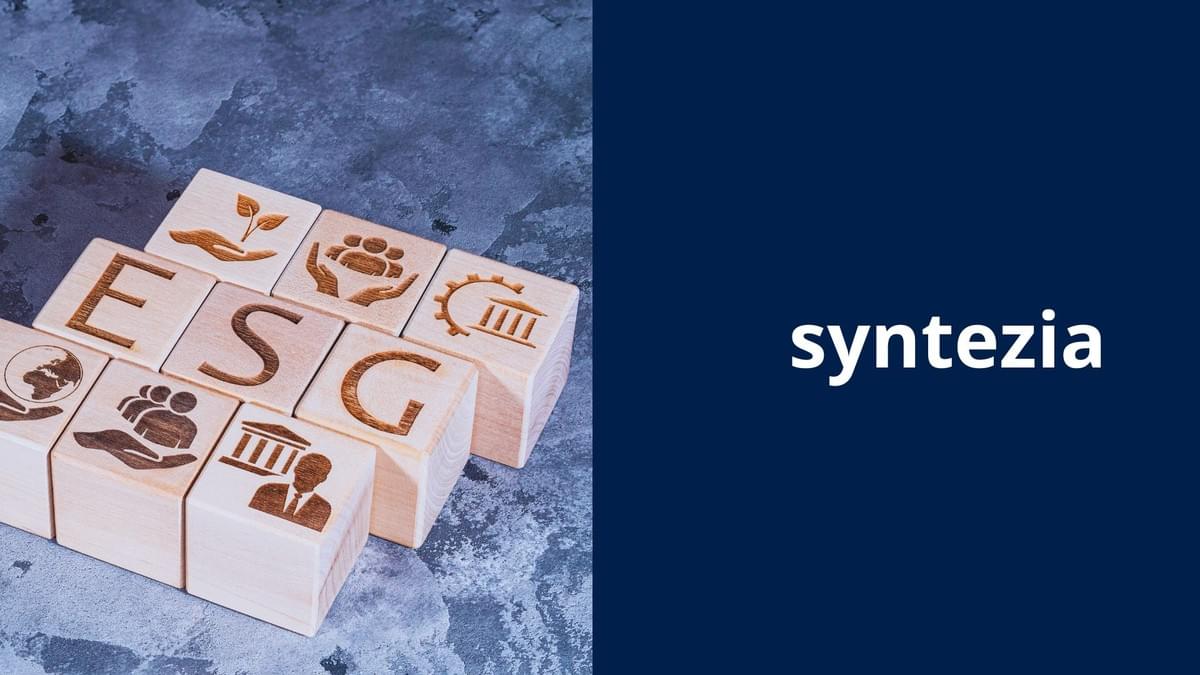As the EU rolls out critical ESG regulations in 2025, Swiss companies, particularly those with fewer than 300 employees, must proactively update their ESG action plans.

1. Conduct a comprehensive ESG assessment
Before making any updates, companies should start with a thorough assessment of their current ESG practices.
Steps to Take:
- Identify Existing Practices: Review current sustainability initiatives, reporting practices, and compliance with existing regulations.
- Benchmark Against EU Standards: Compare current practices with the upcoming EU regulations, particularly the CSRD and EU Taxonomy, to identify gaps.
- Stakeholder Engagement: Gather input from employees, customers, suppliers, and investors to understand their expectations regarding ESG performance.
2. Define Clear ESG Objectives and Metrics
Based on the assessment, companies should establish clear, measurable ESG objectives aligned with both their business goals and upcoming regulatory requirements.
Key Considerations:
- Specific Goals: Set targets that address environmental impact (e.g., carbon footprint reduction), social responsibility (e.g., workforce diversity), and governance (e.g., board diversity).
- Measurable Metrics: Develop KPIs that can be tracked over time, such as emissions reduction percentages, employee satisfaction scores, or the percentage of suppliers meeting sustainability criteria.
3. Enhance Reporting Framework
With the CSRD emphasizing comprehensive sustainability reporting, Swiss companies need to update their reporting frameworks.
Steps to Implement:
- Adopt ESRS Standards: Begin aligning reporting practices with the European Sustainability Reporting Standards (ESRS) to ensure transparency and consistency.
- Digital Reporting Tools: Invest in digital reporting platforms that facilitate the collection and analysis of ESG data.
- Regular Updates: Commit to regular reporting cycles to keep stakeholders informed about progress and challenges.
4. Strengthen Supply Chain Sustainability
As regulations like the EU Regulation on Deforestation-free Products come into play, companies must ensure their supply chains are compliant and sustainable.
Actions to Take:
- Supplier Audits: Conduct regular audits of suppliers to assess their sustainability practices and compliance with EU regulations.
- Sustainable Sourcing: Prioritize sourcing from suppliers who demonstrate strong ESG practices, creating a robust network of responsible partners.
- Training: Provide training to suppliers on sustainability standards and best practices to enhance overall supply chain resilience.
5. Foster a Culture of Sustainability
Embedding sustainability into the corporate culture is crucial for long-term success.
Strategies:
- Employee Engagement: Involve employees in sustainability initiatives, encouraging them to contribute ideas and take ownership of ESG goals.
- Training and Development: Offer training programs focused on ESG awareness and best practices to equip employees with the necessary skills.
- Recognition Programs: Implement recognition programs to reward teams or individuals who make significant contributions to sustainability efforts.
6. Establish Governance Structures
Strong governance is integral to effective ESG management.
Steps to Consider:
- Dedicated ESG Committee: Form an internal committee responsible for overseeing ESG initiatives, reporting, and strategy execution.
- Board Oversight: Ensure that ESG matters are discussed at the board level, with clear accountability for performance against ESG objectives.
- External Advisory: Consider engaging external advisors or consultants specializing in ESG to provide insights and ensure best practices.
7. Monitor Regulatory Developments
As the regulatory landscape evolves, staying informed is essential.
Actions to Take:
- Regular Updates: Subscribe to industry newsletters, attend webinars, and participate in forums focusing on ESG regulations.
- Legal Compliance: Work with legal counsel to ensure ongoing compliance with both Swiss and EU regulations as they roll out.
8. Communicate Progress Transparently
Transparency is key to building trust with stakeholders.
Communication Strategies:
- Regular Reporting: Publish annual sustainability reports detailing progress towards ESG goals, challenges faced, and future plans.
- Stakeholder Engagement: Maintain open lines of communication with stakeholders, inviting feedback and incorporating it into ESG planning.
- Social Media and Website Updates: Use digital platforms to share stories about sustainability initiatives and successes, enhancing brand reputation.
Conclusion
Updating the ESG action plan in response to upcoming EU regulations is not just about compliance for Swiss companies; it’s about seizing opportunities for growth, innovation, and competitive advantage. By conducting a thorough assessment, defining clear objectives, enhancing reporting practices, and fostering a culture of sustainability, smaller Swiss firms can position themselves favorably in an increasingly eco-conscious market. Embracing these changes will not only prepare them for regulatory demands but also resonate with customers, investors, and employees who prioritize sustainability.

